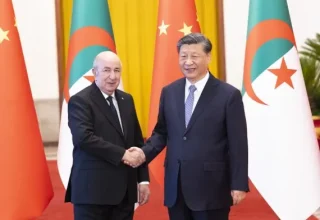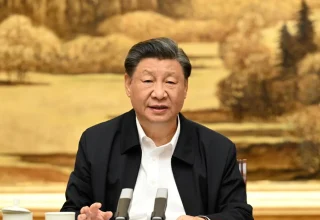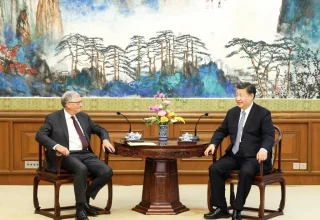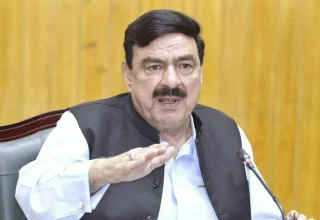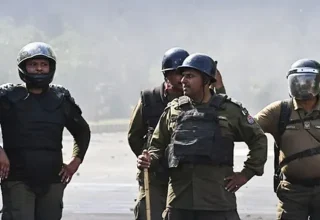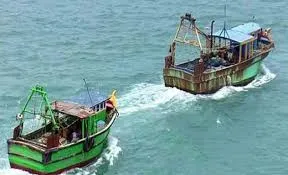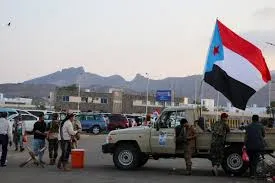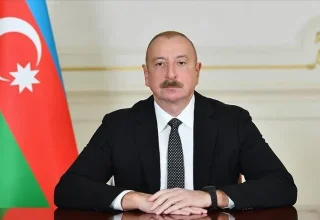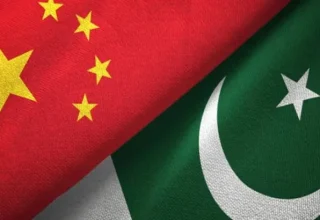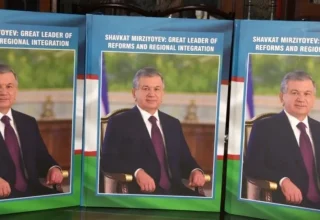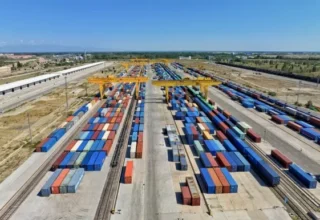
It seems that neocons of Trump-capitalism have badly hit the international economy and trading system and ultimately global geo-economy is endangered and the Central Asian countries are not exempted.
Additionally, the US primarily focused on attacking Asian countries and the “Asian Century” which would be self-defeating, devastating and dangerous for the US economy, community and industries alike in the days to come. It is indeed a surgical strike on the recently held Central Asia-EU Forum and an attempt to weaken its ties with China, the biggest trading partner of all the Central Asian countries.
The tariffs, set at a base rate of 10%, will apply to Uzbek goods, along with imports from several other regional countries including Armenia, Azerbaijan, Georgia, Turkmenistan, Kyrgyzstan, and Tajikistan. Ironically, Kazakhstan is the hardest hit by 27 % additional duties,
Unfortunately, Trump has severely tried to change the global trading system, introducing tariffs against almost the entire world. The consequences will be global. Counter tariffs will be imposed on U.S. goods. Old trade chains will be broken, but new ones will emerge. However, its impacts on Central Asian countries are multidimensional. It fears that a new end game in the shape of economic proxy will be fought on the soil of Central Asian marginalizing its scope for greater connectivity, productivity and prosperity in the days to come.
It estimates that Trump’s trade war with the EU and China is expected to impact all Central Asian nations in one way or another. Their strong economic ties with China and the growing EU presence in the region were once seen as a strategic advantage. Now, it seems to represent a double-edged sword which urgently needs a holistic and comprehensive revision to proceed further. Ultimately there will be substantial reduction in FDIs, trade, joint ventures and infrastructure development badly hurting Uzbekistan and Kazakhstan ambitions of rigorous green transformation, qualitative industrial development and modernization.
It is suggested that policy makers of the Central Asia specially Uzbekistan and Kazakhstan should immediately start grand consultation with China devising an alternative model of economic integration, trade, investment, routing, re-location of qualitative industries and above all financial cooperation to jointly mitigating expected spillover socio-economic, geopolitical and geo-strategic ramifications in the days to come.
The best policy option would be further strengthening of bilateral trade, connectivity, FTAs, building of special economic zones, batter trade through border markets, swapping of national currencies, formation of energy & food banks, unified financial and money markets and rigorous economic diplomacy promoting further e-commerce, digitalization, artificial intelligence, and green technologies would be game changer and strategic balancing act on part of all Uzbekistan and Kazakhstan.
Furthermore, both countries must chalk out a new policy of promoting trans-regional connectivity with regional countries especially Pakistan under the flagship of CPEC in Gwadar seaport and Karachi ports. In this regard, special and sincere efforts must be initiated and geared for promoting bilateral trade volumes instead of further wasting their energies and times on transit trade via Afghanistan through cluster, container, TIR (Transport International Routier) services, commercial air cargos through Xinjiang and last but not least, the “Gwadar-Kashgar-Khorgos Axis” (GKKA).
Some prominent regional experts still preferred promoting trade through Afghanistan which is not fetching any result because of chronic instability and terrorism. These so-called senior scholars claim that trade through trade through the Gwadar-Kashgar-Khorgos is not possible because of shorter & shaper turns with 40 wheeler containers which may be easily changed with 25-30 wheelers containers.
Many research studies clearly indicate that the heavy presence and administrative access and existence of Indian strong lobby in Central Asian countries mainly Kazakhstan and Uzbekistan are giving tough time for the potential investors and businessmen from Pakistan to make investments in these countries which may be diminished through promoting and supporting reciprocal trading houses and joint ventures with 50-50 investments in each other countries.
The author suggests that this is the way forward for further strengthening trans-regional connectivity, socio-economic integration, trade, investment and energy as well as food security under the flagship project of CPEC.
Comparative studies reveal that the U.S. bilateral trade in the Central Asian region has never been particularly strong. The exception is Kazakhstan, the region’s largest economy which is the only country in Central Asia whose trade with the U.S. exceeds one billion dollars. According to official statistics, in 2024 America’s total goods trade with Kazakhstan was estimated at US$ 3.4 billion.
Uzbekistan, Kyrgyzstan, Tajikistan, and Turkmenistan combined have a lower trade volume with the United States than Kazakhstan. But all that is just a drop in the ocean compared to the US$ 89.4 billion trade China reached with Central Asian in 2023.
Interestingly, because of their precious earth minerals Kazakhstan, Kyrgyzstan, Tajikistan, Turkmenistan, and Uzbekistan are the lowest-hanging fruit for the United States which should be used as an effective economic chip for bargaining. However, current tariffs are part of a broader isolationist mood in Washington that will further decrease its investments and economic cooperation in the region.
It is a good omen that Azizbek Urunov, Uzbekistan’s Special Representative for the World Trade Organization (WTO), has rejected concerns that recent US tariffs would significantly disrupt Uzbekistan’s exports.
Kazakhstan said that a “significant part” of its exports to the US are not subject to the recent reciprocal tariffs imposed by the US on the country. Kazakhstan’s main exports to the US include crude oil, uranium, silver, ferroalloys, and others.
Furthermore, these categories, which account for 92% of supplies, are included in the list of exceptions provided for by the executive order of the US President, noting that additional duties will apply to certain goods such as phosphorus, ammonium nitrate, wheat gluten, and ferrosilicon.
In summary Trump reciprocal tariffs have produced havocs and ripples in the international economy and markets alike. Asia led by China being the main contributor in the global economy has become the prime prey of new additional duties.
The policy makers of Central Asia should not be complacent justifying that the United States accounts for just 1% of Uzbekistan’s foreign trade and 92 % of Kazakhstan trading commodities are not taxed and should jointly work for greater socio-economic prosperity through further diversification of their economies, communities and industries alike.
In this regard, Uzbekistan’s gold mines & earth minerals would be effective bargaining chips in the days to come. In the case of Kazakhstan, its vast nuclear bank deposits and oil would also be instrumental to protect its vested interests while negotiating with the US government.
It is a healthy sign that regional reconciliation is being carried outs through settling painful border issues (Tajikistan & Kyrgyzstan), water diplomacy (Uzbekistan, Tajikistan), joint industrial cooperation (Uzbekistan, Kazakhstan) and last but not least, Azerbaijan-Armenia peace development agreement projecting the real essence of Central Asia’s peaceful conflict resolution and banking on dialogue, diplomacy and development.


